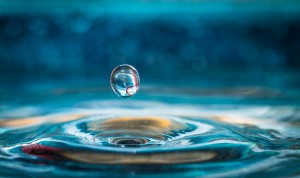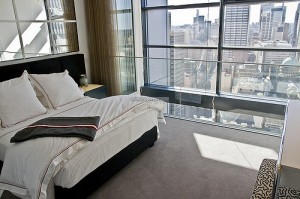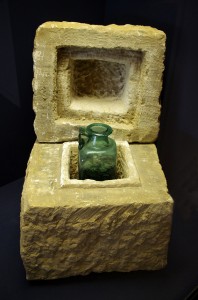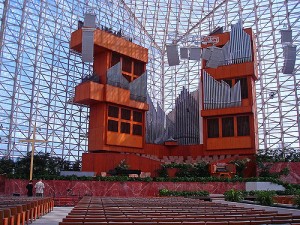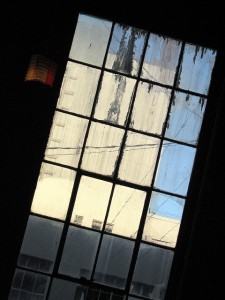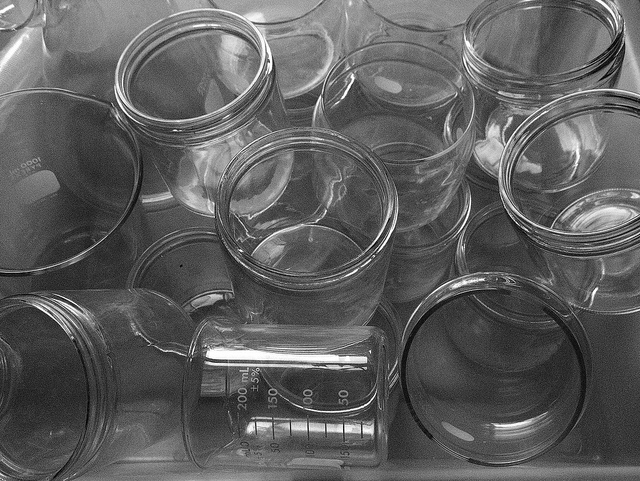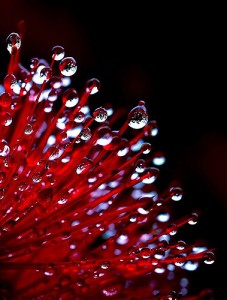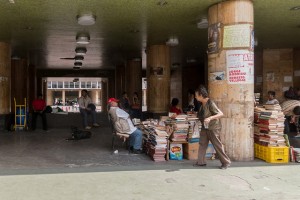Australian Researchers Develop Glass Coating
Researchers at the Australian National University have developed a new coating that allows materials like glass to be “self-cleaning.” The new coating is a combination of a polyurethane acrylic and a super hydrophobic nanoparticle solution. The combined coatings are sprayable, and are effective in low temperatures. They also resist direct abrasion, UV radiation and chemical exposure.
The notion of self-cleaning glass is attractive, and if the coating is scalable to large-form glass, it could help reduce both interior and exterior building maintenance. The fact that the coating can be spray applied is another plus. A simple application technique could support mass-production.
The coating also works on other durable surfaces, including metal, brick, masonry, wood, plastics and even paper. The nanoparticle surface causes liquids to bead, much like they would on a super-heated surface. (Minus the boiling, of course!) In addition to construction glass, the coating could be applied to airplane parts to discourage the formation of ice, or the hulls of ships to prevent corrosion. On a smaller scale, the coating could also be used to waterproof electronics and other small objects.
The technique used by the researchers can be tweaked to produce specialized coatings that resist corrosion or abrasion. Other formulations may result in coatings that offer self-cleaning properties or resistance to oil. The newly developed coating is very strong, which means that coating can be used in hostile environments. It is also UV resistant, so it won’t break down when it is exposed to sunlight.
If you’re looking for a glass coating that’s already on the market, Glassprimer™ glass paint is a specially engineered nanoscale coating that bonds permanently with glass surfaces. The paint, once cured, will not chip, fade or peel, even in direct sunlight. Glassprimer™ glass paint offers exceptional UV resistance, and can be used to control solar heat gain, or to create a frosted effect on glass for about $1 per square foot. It can also be tinted to match virtually any paint manufacturer’s paint palette.
If you’d like more information about Glassprimer™ glass paint, please visit our website. If you’d like to purchase Glassprimer™ glass paint, please visit our online store .
Photo Credit: TimOve, via Flickr.com

